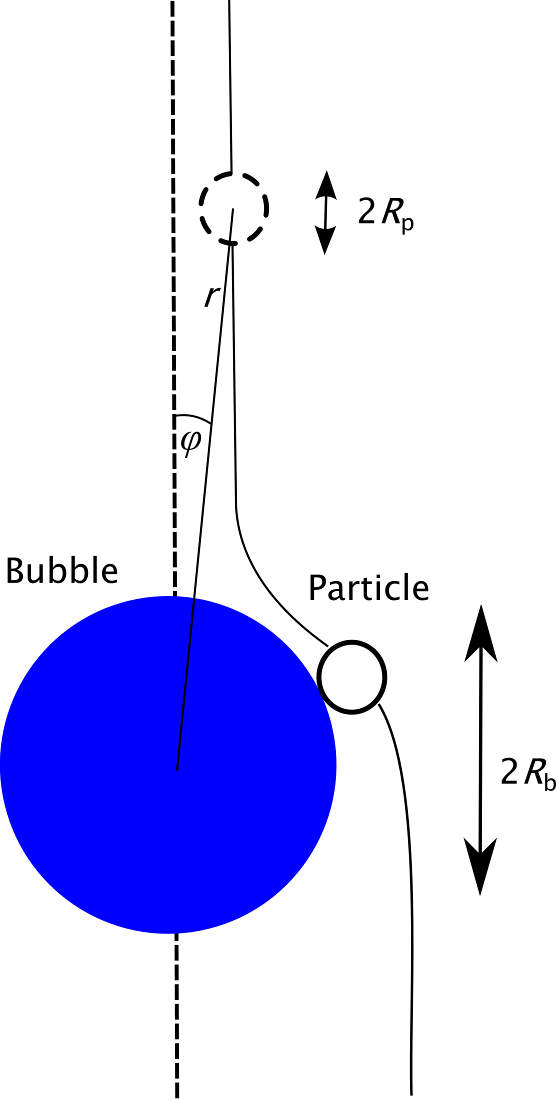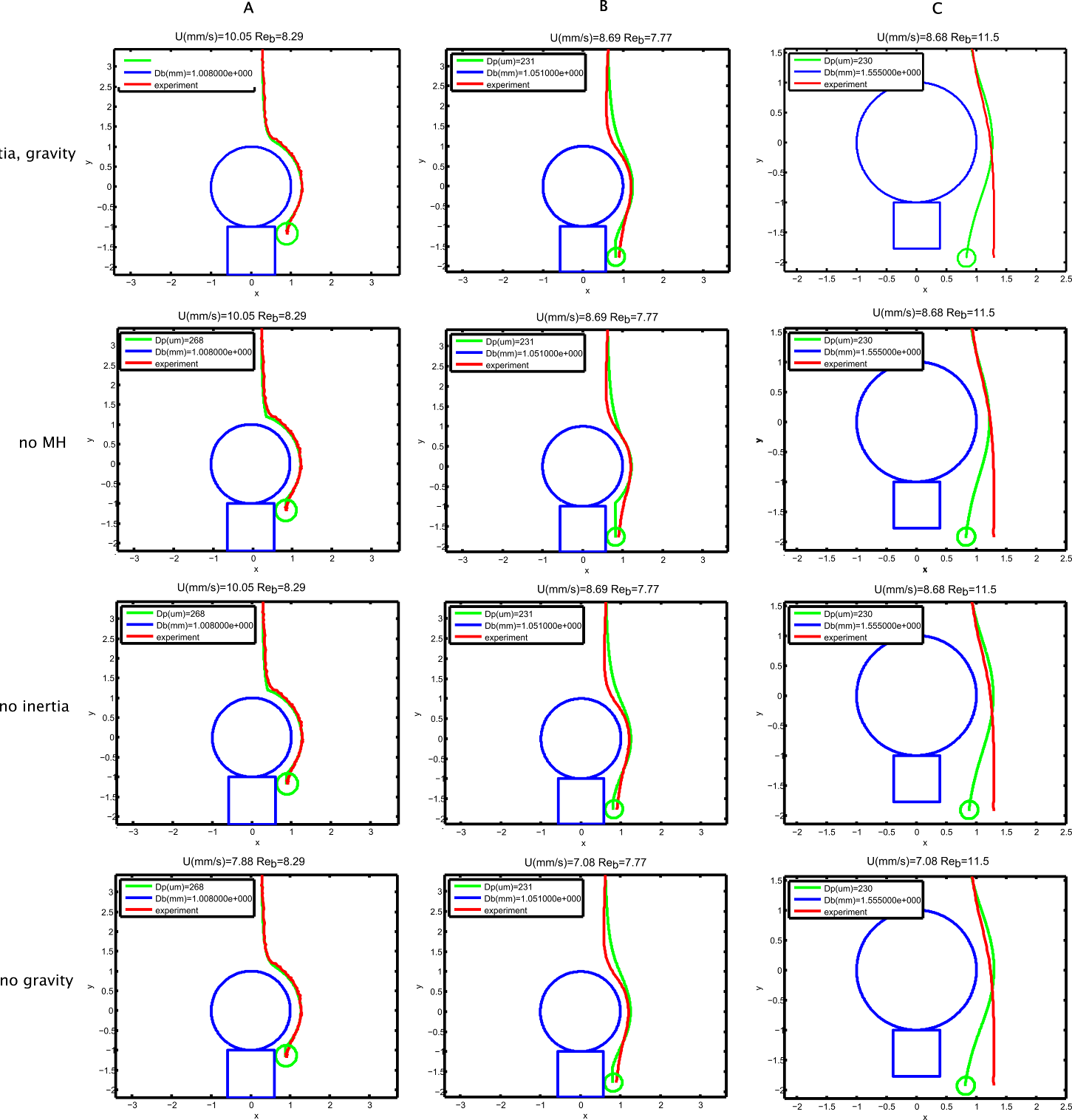Contant Persons: M. Kostoglou [kostoglu@chem.auth.gr], T. Karapantsios [karapant@chem.auth.gr]
Interaction between solid particles and air bubbles in aqueous solutions is of academic and practical significance. It is a typical process in nature, but it also plays an important role in several industrial applications. Flotation is one of these applications in which bubble-particle interactions constitute a key process; flotation is a separation method used in the recovery of coal and valuable minerals from ores, in the removal of pollutants from waste waters, de-inking of paper in recycling of wastepaper, recovery of plastic mixtures in recycling plastic waste etc. Flotation is often employed to separate hydrophobic from hydrophilic particles in an aqueous suspension by introducing air bubbles into the suspension. After attaching to air bubbles, hydrophobic particles are dragged upwards by rising bubbles and form a froth at the top of the suspension.
Although flotation is known for very long time, a systematic analysis of the governing sub-processes has attracted attention the last 50 years only. The main individual elementary steps of flotation are (a) collision of a solid particle with a bubble, (b) attachment of a particle to a bubble and (c) detachment of a particle from a bubble. Proper description of these steps is essential for the determination of the efficiency of the flotation process and the determination of its kinetics. Understanding and thus controlling the interaction between colliding particles and bubbles has proved very important to achieve successful attachment of particles onto bubbles.
This project is about experimental trajectories and local velocities of small spherical particles flowing around a large spherical bubble. In order to describe particle trajectories/velocities a theoretical model has been developed incorporating the effects of governing forces, e.g., gravity, inertia, microhydrodynamic drag.

Figure 1: Experimental setup

Figure 2: The interaction between a spherical particle and the bubble. Images represent a sequence separated by 40 msec
 Figure 3: Illustration of the bubble-particle encounter interaction |

Figure 4: Trajectories of particles for different settings of the model. Red lines denote the trajectory of the particle from experiment; green lines are calculated trajectories |